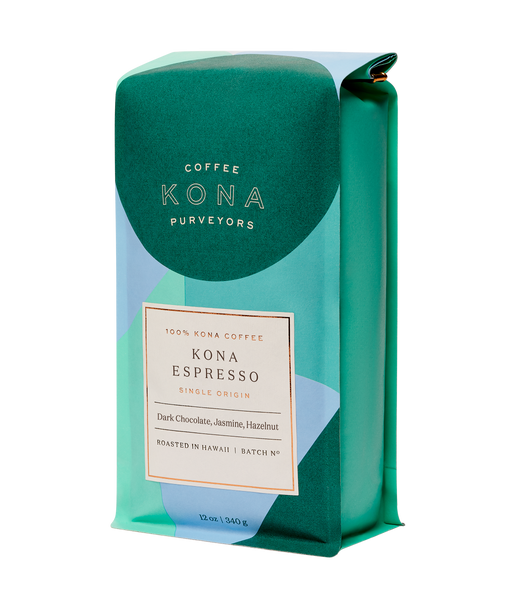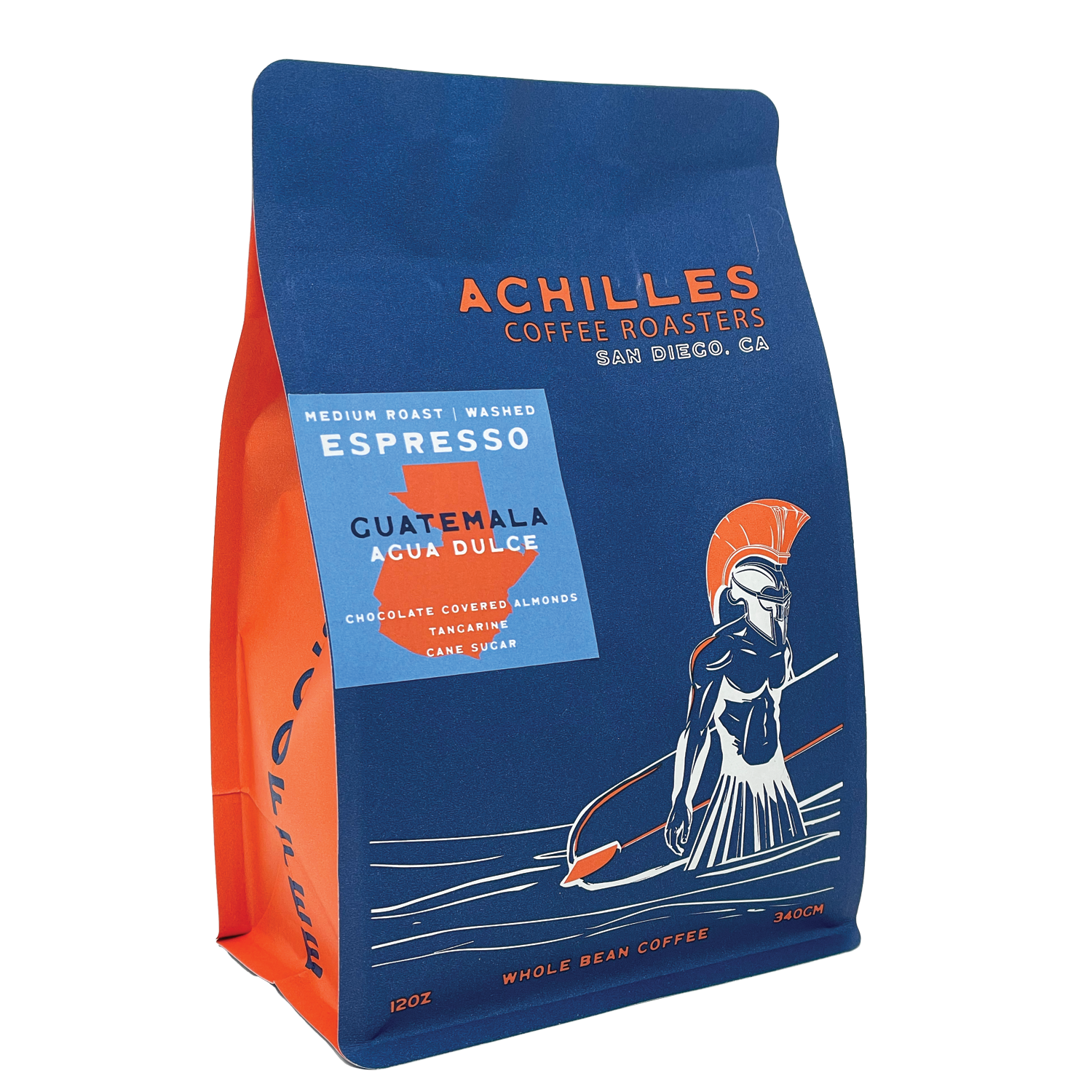Checking Out the Rich Flavors of Coffee Beans: a Deep Study Coffee and Blended Coffee Beans
When you explore the abundant tastes of coffee beans, you discover a complex globe where each selection brings its own character to your cup. Understanding the beginnings, refining techniques, and roasting strategies can change your coffee experience. As you navigate with the art of espresso and the creativity behind combined coffees, you'll start to appreciate the subtleties that make each sip one-of-a-kind. What you'll find following may transform the method you appreciate your early morning mixture.
The Beginnings of Coffee Beans: Checking Out Terroir and Flavor Profiles
When you take a sip of coffee, you're not just delighting in a drink; you're experiencing an abundant tapestry of flavors formed by the beans' origins. Each area produces special flavor accounts influenced by environment, soil, and elevation. Beans from Ethiopia usually rupture with brilliant, fruity notes, while those from Colombia tend to provide a well balanced, nutty sweet taste.
As you discover various origins, you'll observe just how terroir-- the environmental elements influencing a plant-- plays an essential role - Single Origin Espresso. The same coffee range can taste drastically various relying on where it's grown
When you consider these variables, you begin to appreciate the complexity behind your mug. Each sip informs a tale of the land and the farmers that nurtured the beans. Next time you indulge, think regarding the trip your coffee took prior to it reached your hands, and savor those detailed flavors that reflect its origin.
Comprehending Espresso: The Art and Science Behind the Brew
When you consider coffee, it's not nearly the strong flavor; it's additionally concerning the strategies that bring it to life. Comprehending exactly how different preparation approaches effect taste can change your developing experience. Let's explore the complexities of espresso prep work and reveal the special flavor accounts that make each mug special.
Coffee Prep Work Methods
Espresso prep work is both a science and an art, incorporating exact methods with a deep understanding of coffee. To start, you'll intend to pick high-quality, fresh roasted beans and grind them carefully for suitable extraction (Single Origin Espresso). The work size is important; also rugged, and your coffee will be weak, also fine, and it'll be bitter
The outcome should be an abundant, luscious espresso with an attractive layer of crema on top. With method, you'll master these methods.
Taste Profiles Described
The globe of espresso supplies an abundant tapestry of taste profiles that can raise your coffee experience. You'll see a balance of anger, level of acidity, and sweet taste when you take that first sip. Each espresso bean lugs one-of-a-kind notes, from fruity and floral to nutty and chocolaty. Light roasts commonly display intense acidity and dynamic tastes, while dark roasts existing much deeper, bolder tones.
Comprehending these profiles helps you choose the right espresso for your palate. Experimenting with different blends can reveal unexpected combinations. A well-crafted blend might integrate the intense notes of an Ethiopian bean with the abundant, chocolatey undertones of a Brazilian bean. Embrace the journey of discovering espresso's varied flavors, and you'll change your coffee ritual into an exciting adventure.
Handling Techniques: How They Impact Taste and Aroma
While it might appear that the beginning of coffee beans is one of the most substantial consider determining their taste and scent, the processing approaches utilized post-harvest play a just as essential duty. You'll discover that these methods can significantly modify the final taste account of your mug.
As an example, the washed procedure removes the fruit from the beans prior to fermentation, frequently leading to a cleaner, brighter taste. On the other hand, the all-natural process leaves the fruit undamaged during drying out, resulting in a sweeter, fruitier account.
Various other techniques, like honey handling, strike a balance, permitting some fruit mucilage to stay, providing an one-of-a-kind intricacy.
Each processing strategy engages with the beans' fundamental features, improving or silencing particular flavors and fragrances. When you drink that coffee or blended coffee, keep in mind that the trip from cherry to cup is affected not simply by beginning however additionally by how those beans were processed.
Roasting Strategies: Opening the Full Prospective of Coffee Beans
Roasting techniques are vital for exposing the full capacity of coffee beans, as they transform raw, eco-friendly beans into the fragrant, savory coffee you appreciate. The selection of toasting technique-- light, medium, or dark-- drastically affects flavor profiles.
You can explore roasting temperatures and times to find your perfect mixture. A slower roast at reduced temperature levels permits complicated flavors to develop, while a quicker roast can magnify bitterness. Focus on the splits throughout roasting; the first fracture indicates a light roast, while the 2nd fracture signals a dark roast. view publisher site By grasping these techniques, you'll disclose a globe of flavor, elevating your coffee experience to new elevations. Appreciate every sip, recognizing the care that went into your mug!
The Magic of Blended Coffee: Developing Special Flavor Experiences
Developing a special flavor experience with mixed coffee can change your morning routine into an expedition of taste. By incorporating different beans from various areas, you can expose a harmony of flavors that boost your cup to brand-new heights. Each mix offers a distinctive account, balancing level of acidity, sweetness, and body to produce something truly unique.
When you choose a blend, you're not just selecting a coffee; you're choosing a journey across varied landscapes and cultures. Trying out with different combinations permits you to discover your individual favorites, whether you appreciate fruity notes or rich, chocolatey touches.

Sampling Notes: Recognizing the Nuances in Your Cup
As you drink your coffee, you could see a spectrum of flavors dancing on your palate, each exposing the intricacies of the beans. You may taste the bright acidity similar to citrus or the deep, abundant notes comparable to dark delicious chocolate. The sweet taste can evoke honey or caramel, balancing the total account beautifully.
Pay focus to the body of the coffee-- does it really feel ventilated and light, or is it complete and luscious? The surface, also, supplies clues; a lingering aftertaste may hint at nuttiness or flower touches.

Do not neglect to discover the distinct attributes of various beginnings, as each area gives unique flavors - Single Origin Espresso. Ethiopian coffees often existing fruity notes, while Colombian beans may showcase an extra rounded sweet taste. By identifying these subtleties, you'll deepen your appreciation for each mug, elevating your coffee experience to brand-new heights

Developing Methods: Taking Full Advantage Of Flavor Removal for Every Bean
When you discover the different brewing approaches, you'll find that each method can significantly influence the flavor account of your coffee. From French press to pour-over, each technique removes different substances, improving or silencing details notes. Utilizing a French press allows oils to continue to be in the brew, developing a richer taste, while pour-over stresses clarity and illumination.
Temperature level and grind size additionally play vital duties. Visit Your URL A coarser grind works best for cool redirected here brews, while a fine work is excellent for espresso. Trying out water temperature-- between 195 ° F and 205 ° F-- can expose hidden flavors, also.
Do not ignore steeping time; a fast removal can bring about sour notes, while over-extraction might produce resentment. By adjusting these variables, you can make the most of taste extraction and really raise your coffee experience. Appreciate the journey of finding what technique ideal matches your palate!
Frequently Asked Concerns
What Is the Suitable Water Temperature for Brewing Coffee?
The suitable water temperature level for developing coffee's between 195 ° F and 205 ° F. If you use water that's too hot, you'll over-extract flavors; as well chilly, and you will not remove sufficient. Aim for that sweet spot for the very best brew!
Exactly How Does Grind Size Influence Coffee Taste?
Work dimension substantially influences coffee taste. Better grinds remove extra tastes and oils, causing a bolder preference, while coarser grinds return a lighter taste. Changing grind size assists you accomplish your preferred coffee profile.
Are There Health Advantages Surrounding Alcohol Consumption Coffee?

What Is the Distinction In Between Arabica and Robusta Beans?
Arabica beans are smoother and sweeter, typically featuring fruity flavors, while robusta beans are more powerful with a bitter taste and higher high levels of caffeine web content. You'll observe these distinctions in scent and brewing experience.
Just How Can I Shop Coffee Beans for Freshness?
To save coffee beans for quality, keep them in an airtight container, far from moisture, light, and warmth. You'll keep their flavor longer if you just grind what you require right prior to brewing.
Checking Out the Rich Tastes of Coffee Beans: a Deep Dive Into Espresso and Blended Coffee Beans.
When you explore the abundant flavors of coffee beans, you discover a complex globe where each variety brings its very own character to your mug.When you take a sip of coffee, you're not just delighting in a beverage; you're experiencing an abundant tapestry of flavors formed by the beans' origins.Roasting methods are vital for disclosing the full possibility of coffee beans, as they transform raw, environment-friendly beans into the fragrant, flavorful coffee you appreciate.As you sip your coffee, you could discover a range of flavors dancing on your taste, each revealing the details of the beans.